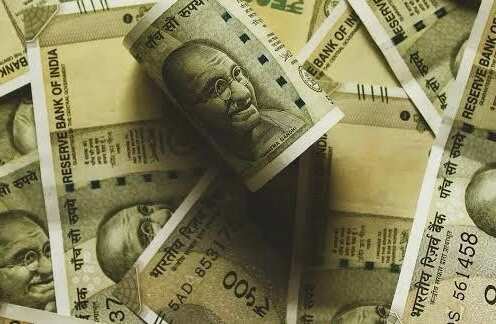Goods and services tax (GST) authorities have unearthed a nexus of iron and steel traders involved in fake input tax credit-related billing related to the illegal sale worth Rs 87.9 crore that led to tax evasion amounting to Rs 13.4 crore.
Three iron and steel traders based in Mandi Gobindgarh, Punjab, were caught in the illegal sale of Rs 87.9 crore that let to GST evasion to the tune of Rs 13.4 crore, a probe by the Directorate General of GST Intelligence (DGGI) Ludhiana found. The three business entities were: Aar Dee Enterprises, Aashi Steel Industries and Abhi Alloys.
The unearthing of fake highlights the potential revenue loss to central and state authorities, in turn impacting the funds for public welfare, infrastructure and social development, and causing damage to the economy and domestic markets as a whole. Such revenue loss can fundamentally obstruct fair market competition and can even lead to inflationary pressures.
Here are key things to know about the fraudulent billing detected by the GST authorities:
How was the fake billing detected? Inter-organisational and inter-regional cooperation and synergy between the DGGI offices in Ludhiana, Punjab, and in Lucknow, Uttar Pradesh, led to the unearthing of the fraud.
How did miscreants operate? Two individuals, Raman Kumar Chaurasia of Mandi Gobindgarh and Devinder Singh of Khanna in Punjab, used to procure iron and steel articles fraudulently through fake billing from Deepanshu Srivastava and his accomplice Mohit Kumar based in Lucknow, UP. The Lucknow-based due passed on fake input tax credit (ITC) to the Mandi Gobindgarh entities through 37 of their fraudulent business entities.
Further investigations showed that the Punjab-based entities had taken fraudulent ITC through fake billing from 78 business entities.
The DGGI Ludhiana found and seized several pieces of incriminating evidence against the miscreants, which was corroborated in their voluntary statements.
GST Fraud | 2 arrested in relation with fake ITC billing
On May 15, the DGGI Ludhiana put under arrest Chaurasia and Singh for their acts leading to the GST evasion of Rs 13.4 crore. The duo was sent to judicial custody.
DGGI Ludhiana continues to fight GST fraud
The Ludhiana authority has made strides in its bid to weed out the menace of fake billing and fraudulent availment, utilisation and passing on of fake ITC, according to the statement.
Fake billing and fraudulent ITC claims pose a serious threat to the integrity of the indirect taxation system under the indirect tax regime.
“Such acts erode public trust in the tax system by creating an uneven playing field—honest taxpayers bear the burden while fraudsters benefit illicitly. This undermines voluntary tax compliance, a cornerstone of any effective taxation regime,” added the DGGI Ludhiana.
The DGGI, under the Ministry of Finance, is the country’s apex agency for investigating GST-related tax evasion. It uses an array of data analytics and intelligence networks to detect as well as prevent tax evasion.
What is input tax credit and what does fake ITC billing mean?
Input tax refers to the central GST (CGST), the state GST (SGST), the integrated GST (IGST) or the Union Territory GST (UTGST) charged on the supply of goods or services or both made to a registered person. It also includes the tax paid on a reverse charge basis and the integrated tax charged on import of goods, and excludes include tax paid under composition levy.
Input tax credit means the credit of input tax on the supplies of goods and/or services that a person receives.
Anurag Dhole is a seasoned journalist and content writer with a passion for delivering timely, accurate, and engaging stories. With over 8 years of experience in digital media, she covers a wide range of topics—from breaking news and politics to business insights and cultural trends. Jane's writing style blends clarity with depth, aiming to inform and inspire readers in a fast-paced media landscape. When she’s not chasing stories, she’s likely reading investigative features or exploring local cafés for her next writing spot.






